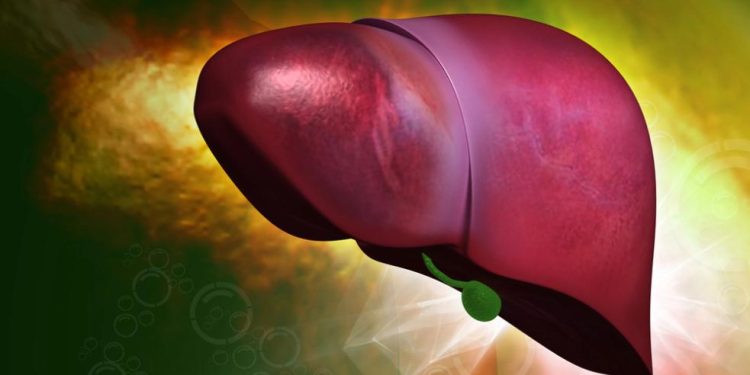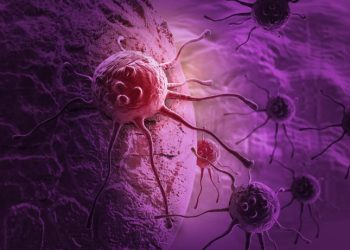Stage 1 colon cancer symptoms indicate that cancer hasn’t grown past the innermost layer of your colon or rectum wall (mucosa) into a muscular layer called the muscularis propria. It has also not spread to lymph nodes.
Staging is an important part of colon cancer diagnosis. Doctors determine your stage based on the results of tests that examine your colon and rectum.
Weight Loss
All cells in your body are constantly growing and dividing, but if they start to grow out of control, they can become cancerous. Colon cancer is caused by changes to DNA that enable cells to continue dividing even when they are supposed to die. This can lead to a tumor, which grows and spreads into other tissues until it affects your colon and rectum.
If a cancer grows into your bowel wall, it can cause symptoms in the lower abdomen, such as a change in bowel habits, blood in your stool and pain. You may also experience unintentional weight loss and feel fatigued all the time. If you notice any of these symptoms, you should visit your doctor.
Your doctor can diagnose stage 1 colon cancer by performing a colonoscopy to directly examine your bowel. This exam helps doctors identify polyps and remove them before they have a chance to develop into cancer. If you have a family history of colon cancer, you should consider starting screening at a younger age than recommended in order to protect yourself.
The next stages of colon cancer include stage II, III and IV. During stage 0, or carcinoma in situ, the cancer has only grown into the outer layers of your colon and hasn’t spread into any lymph nodes. During stage I, the cancer has grown into the colon or rectal wall and reached one to three lymph nodes.
Abdominal Pain
Pain in the lower abdomen is one of the most common symptoms of colon cancer. The pain may be mild or severe and comes in a variety of forms. Some types of pain may be related to other conditions, such as an infection in the digestive tract or menstrual cycles.
The pain can be generalized, which means it is felt throughout the abdominal area. The pain may also be localized to just a part of the abdominal area, which can indicate a problem with a single organ, such as the appendix. Pain can also be colicky, which means it comes and goes.
A doctor will ask the patient to explain the details of the pain, including its onset and when it began and stopped. The doctor will also ask if the pain is constant or if it comes and goes. The doctor will also discuss the patient’s past medical history, focusing on any conditions that have a similar effect to the present condition.
The diagnosis of colon cancer is made based on the information from the patient’s history and the results of a physical exam and lab tests, such as blood tests and stool samples. Imaging tests are also used to help diagnose colon cancer, which include CT scans and MRI (magnetic resonance imaging). During an MRI test, a magnetic field and radio waves are used to make pictures of the inside of the body. During the procedure, a dye called gadolinium is injected into the patient’s vein, which collects around the cancer cells and makes them show up brighter on the image.
Blood in the Stool
Blood in the stool is a less common symptom but one that shouldn’t be ignored. It can come and go, but you should always tell your doctor about it. The color of the blood in your stool can help doctors know where it came from in your bowel. Bright red blood usually means that it comes from the lower digestive tract and rectum. Darker, tarry blood means that it is from the upper digestive tract.
Hemorrhoids, anal fissures and diverticulosis can all cause blood in your stool. If you have these problems, you may also feel pain with a bowel movement and have to strain more than usual.
Cancer in the colon or rectum can sometimes cause slow bleeding tumors that make your stool darker or black. Cancer in the rectum can also grow into cancerous polyps, which are growths that line the intestinal wall. Screening for these and other abnormalities in the colon and rectum helps to prevent them from growing into cancers.
The doctor will do a physical exam and ask about your past health history. Then, the doctor will do a series of tests to examine your colon and rectum for signs of a bowel perforation and other problems that can occur with cancer. These include a blood test, a pelvic exam and an abdominal CT scan. If the doctor finds cancer, he or she will probably do a colonoscopy to remove it without cutting through your abdomen.
Loss of Appetite
All cells in the body are constantly growing, dividing and dying. If some cells lining your colon and rectum keep growing and dividing when they should die, they may form a cancerous growth called a polyp. Over time, if the cancer is not treated, it can spread through the layer of tissue and muscle that surrounds the colon, or it can spread through the lymph nodes in your abdomen.
In stage 1 colon cancer, the tumor has penetrated the lining of your large intestine but hasn’t reached the muscle layer or lymph nodes. At this stage, your doctor will likely recommend a colonoscopy to look directly inside of your bowel and remove any cancerous polyps.
The lining of your large intestine, or colon, and rectum are covered by layers of mucous membrane, tissue and muscle. Cancerous colon polyps develop from these cells and over time can grow into a cancer that spreads through the layers of your colon or through your lymph nodes to other parts of your body.
Colon cancer is usually found in people over age 50, but it can happen to anyone. Regular screenings and a diet rich in fruits, vegetables and unprocessed red meat can help spot the disease at its earliest stages. This helps doctors catch colon cancer before it becomes advanced and reduces a person’s risk of having it come back in the future.
Stool Variations
A change in a person’s usual stool color, texture or shape is a sign that something might be wrong. A stool that is pencil thin or has a tarry consistency could indicate the presence of blood. A change in the frequency of bowel movements is another concern, as is feeling bloated or experiencing cramps during a bowel movement.
The Bristol Stool Chart is used to categorize poop, with types 3 and 4 considered normal stools. Type 3 poop is a thick liquid with few cracks and an aroma. Type 4 poop is firm with a smooth surface, suggesting you’re well hydrated, says gastroenterologist Robyn Stein. However, if your stools fall outside of this range, you should talk to your doctor.
Bleeding from the colon or rectum can cause dark red or black poop, while a lack of bile can make stool appear pale. Depending on the cause of your stool color change, certain specialists may need to be involved. For example, doctors who specialize in the esophagus and stomach (gastroenterologists) can use an endoscope to look inside your esophagus and stomach for bleeding while a gastrointestinal oncologist might need to check your colon with a colonoscopy for cancerous tumors.









